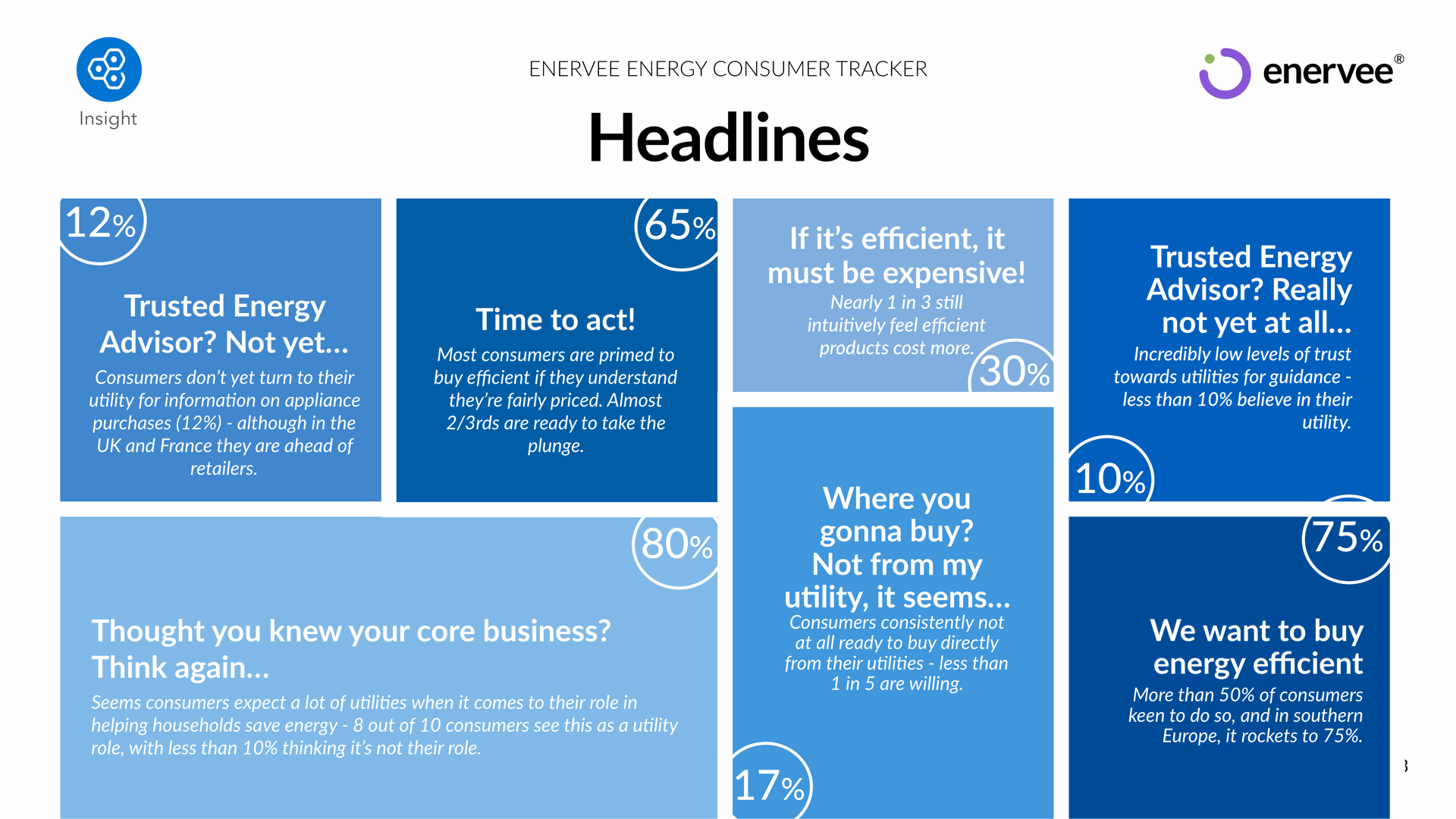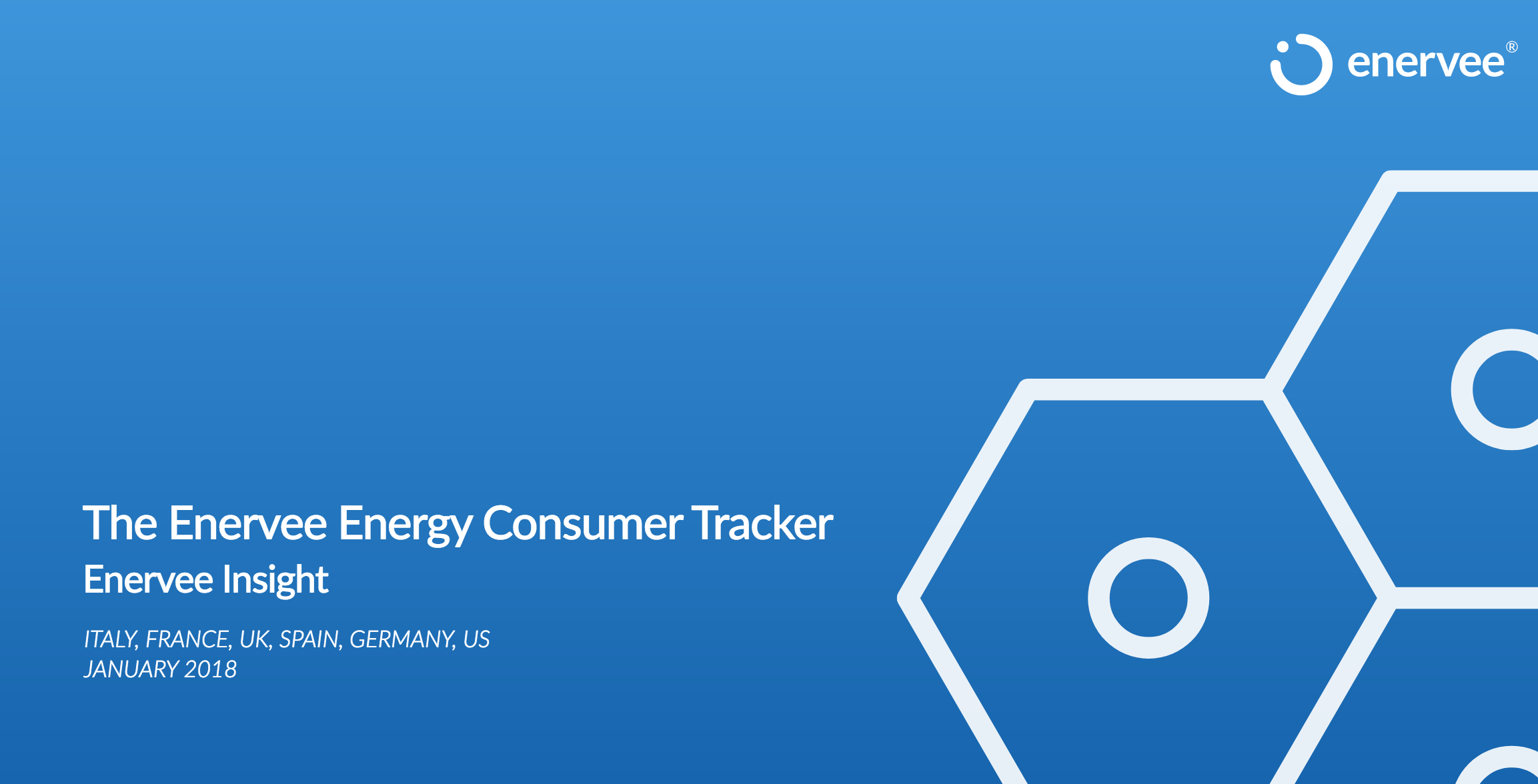Our business is understanding how we as consumers interact with energy, in order to help us as consumers to use less energy. More specifically, we’re committed to guiding us all to buy products and appliances that are more energy efficient for one simple reason — the more efficient the product, the less energy it consumes, simply by being efficient. In other words, it’s saving energy without us as consumers having to do anything different. We can still get a cold beer when we want one, and we can still watch the game when we want to. It’s behaviour change, without the behaviour change, and we as consumers like this approach.
To deliver this, we work with energy companies, again for one simple reason — energy companies know about energy, so they’re best placed to offer to us as consumers the data and design know-how we wrap into our projects.
But we also know the energy business is in flux, and we know consumer expectations of their energy companies are up for renewal. Relationships are being questioned, tested and re-evaluated.
To look at this in more detail, we’ve launched a multi-market consumer sentiment tracker to look at how consumer views towards energy — and their relationship with their energy provider — is changing. We call it the Enervee Energy Consumer Tracker, and it’s now running across five European markets, as well as the US on a quarterly basis. Our hope is that it will provide a valuable window into how consumers are adapting to the new energy landscape, and how (and whether) traditional energy companies still appear in that landscape.

Below you can request an initial report of interim results and quick analysis (looking at responses from France, Italy and the UK). Already, clear differences are emerging across markets, in terms of views towards efficiency, appliance use and the role of the energy company in delivering value. On the one hand, the picture emerging is of a complex, ambiguous and potentially contradictory relationship between the consumer and the utility. But what it also does is start to show the opportunity for energy companies to step-up to the plate and deliver the services consumers are clearly expecting in the market.


